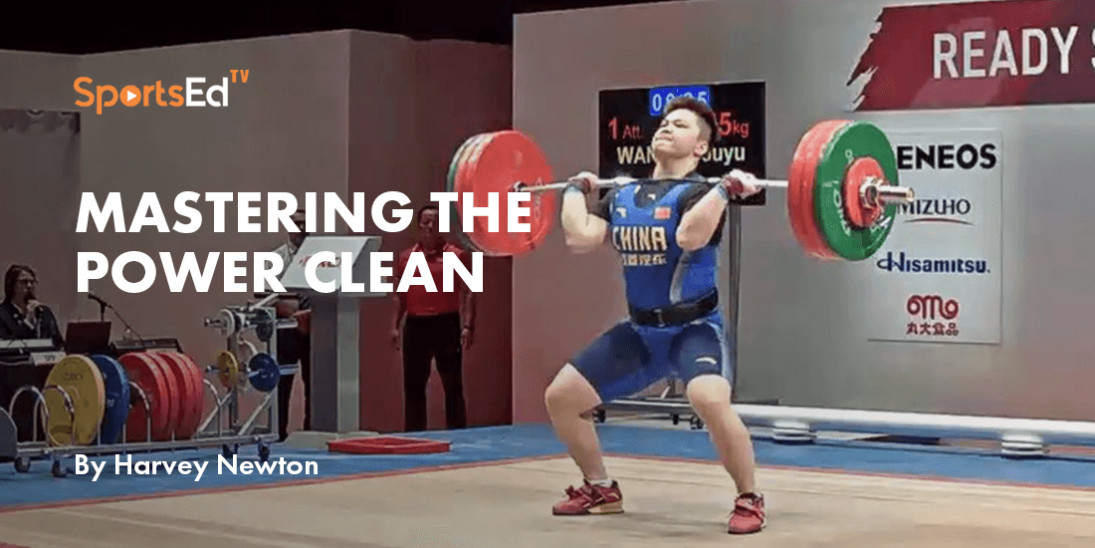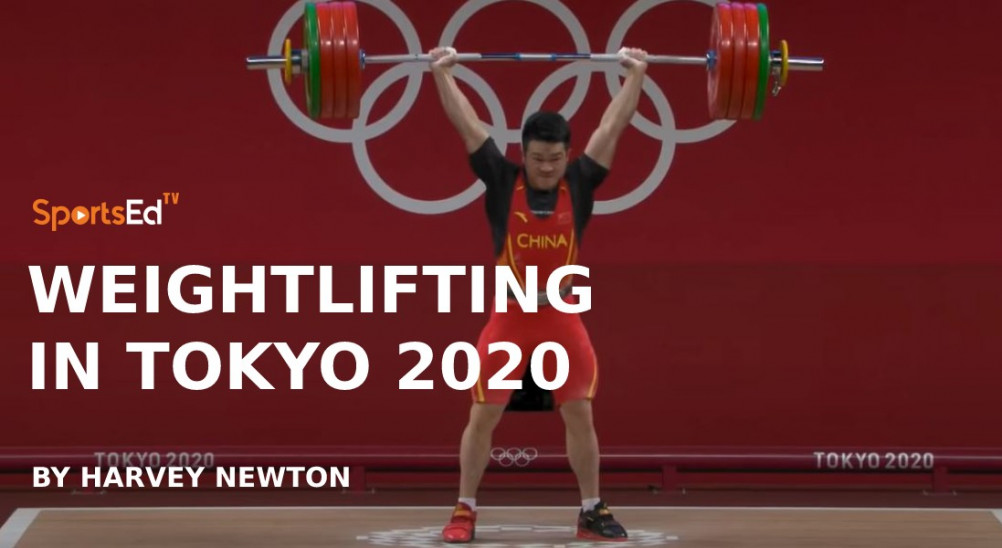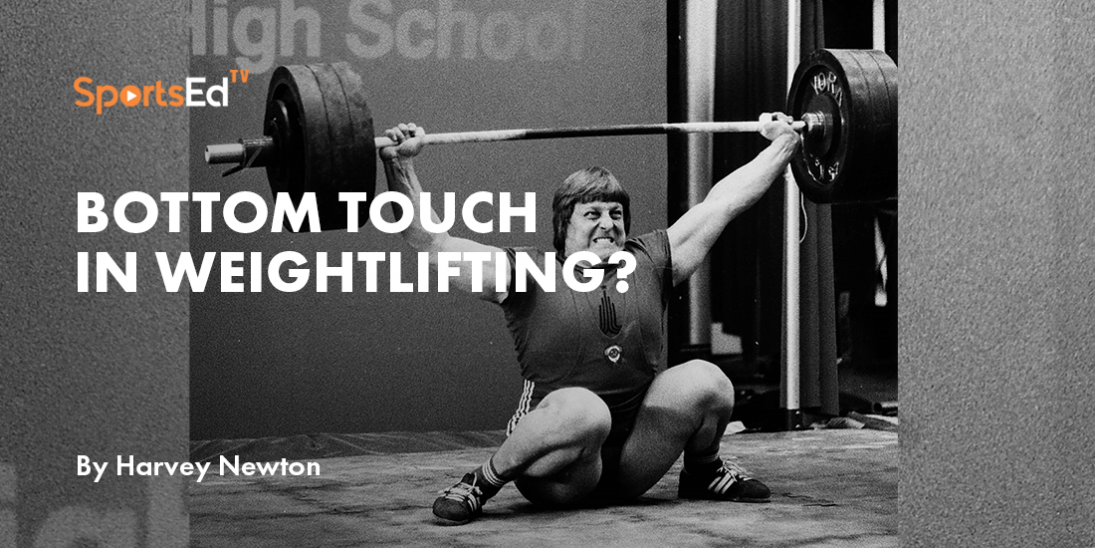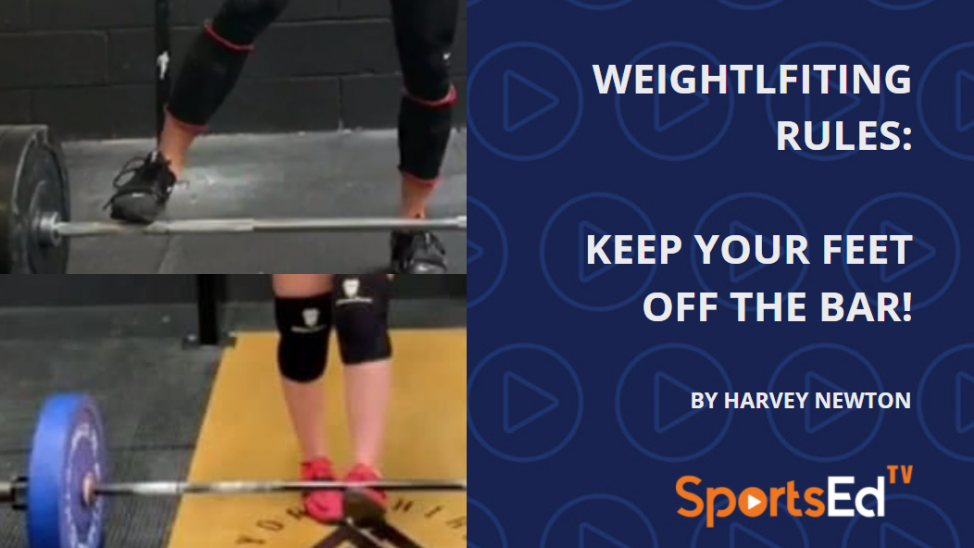Weightlifting
Welcome and thanks for visiting...

So, You Think You’re Good at the Power Clean?

The power clean is a very popular exercise, especially with strength coaches. One reason is the amount of power produced when the exercise is performed properly. Another is that doing the power clean keeps non-weightlifters from having to do technically more challenging full or partial snatches or clean-and-jerks. Keeps the S&C training simple, right?
Several years back the National Strength and Conditioning Association (NSCA) surveyed high school coach members and found the clean (power or otherwise) was the #2 most popular movement that coaches use. No doubt the squat was #1.
What is the power clean?
What do we mean by power clean? Quick answer, the lifter does not fully squat under the barbell. The bar is caught in a semi-squat position. Most coaches consider the lifter’s thighs must remain above a position parallel to the floor in order for the lift to be considered a power clean.
Don’t be fooled by the name. This handle does not mean that more power is produced in the power clean. Check the SportsEdTV weightlifting library in order to get top instructions on the power clean:
As an aside, viewing much of the power clean content on YouTube is often comical. Many attempts are clearly squat cleans. One “world record” by a youth lifter actually shows a coach helping to lift the weight to the shoulders and assisting in the recovery. This is not a power clean!
Weightlifters and the Power Clean
Most elite weightlifters do not spend a lot of time on the power clean. True, it can be used to train speed, but the idea of seeing how much one can haul onto the shoulders and clavicles does not have much bearing on how well a lifter performs in the C&;J. In his first book (Weightlifting, Olympic Style) the great Tommy Kono quoted outstanding lifting photographer (and former American Open medalist) Bruce Klemens: “Who cares how high you can pull a light weight?”
So, it’s rare indeed to see a power clean performed in an elite competition event. But that’s just what happened at the 2019 Tokyo Test Event, a small gathering of lifters in order to test the official site, its equipment, and staff prior to the 2020 Tokyo Olympic Games (actually held in 2021).
In reviewing the lifting from the Test event, I was amazed to see China’s Wang Zhouyu (W87kg) perform a power clean on her first attempt with 145kg. Years ago, I had heard that Scotland’s 1980 and 1984 discus athlete, Meg Ritchie (and SportsEdTV Senior Contributor), had handled heavier weights at a heavier body weight. Women power cleaning these kinds of weights is simply amazing.
Wang’s Three Cleans
Check here for a YouTube clip of the Dartfish analysis done on Wang’s 145kg/319lb attempt. Included are the lift at regular speed, in slow motion, and the key position analysis of her lift. Below are still shots of the point at which Wang caught each of her three attempts. Note that the height at which she racked the bar easily qualifies as a power clean, although she did descend into a squat clean position on the second and third attempts.
Wang’s first attempt was relatively light, not requiring a full squat clean.
.png)
Wang’s first C&;J with 145kg was performed as a power clean
Her second attempt at 153kg/337lb resulted in her catching the bar at essentially the same height but performing a full squat clean, followed by an easy jerk.
.png)
Wang caught her second attempt of 153 kg, nearly as high as her opener.
On her final attempt, Wang took 158kg (348lb), again racking the barbell above parallel. She settled into a squat clean, from which she had a very difficult recovery. The jerk was missed.
.png)
Wang’s final attempt of 158 kg was racked nearly as high as her opener. She missed the jerk.
Finally
The power clean is a reasonable training exercise for all athletes, although it may be a bit overrated by some. The bottom line is: proper (weightlifting-specific) technique is required in order to maximize results.
The clean performance and technique of Wang are excellent, not unusual for an Olympic Champion. Check out the SportsEdTV weightlifting library to learn optimal techniques before adding weight to the bar.







